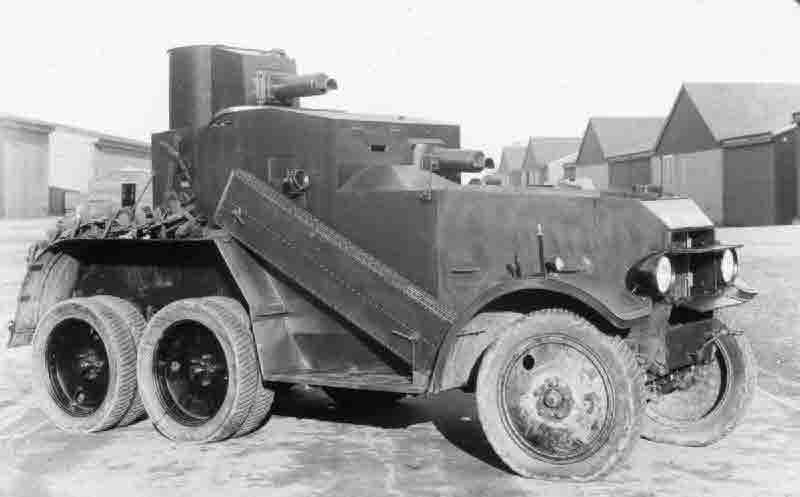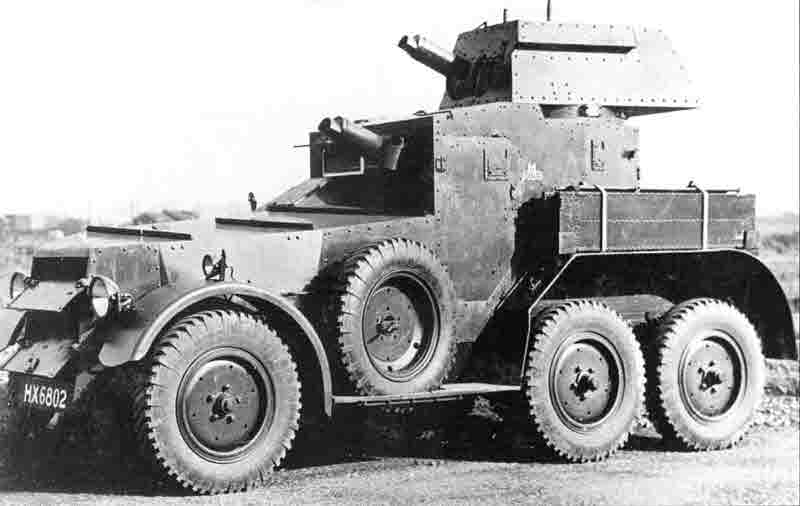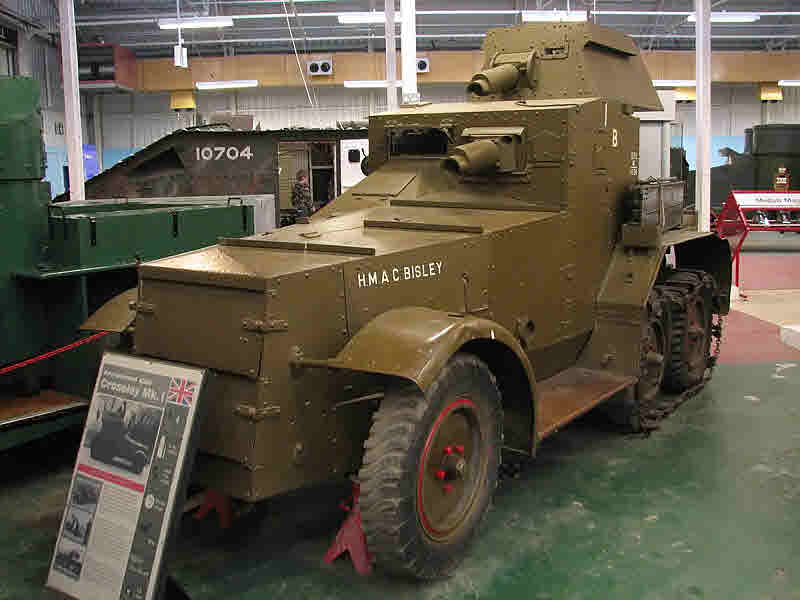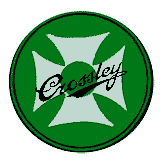The Crossley Mk I armoured car was among the first of the six-wheeled types used by the British army. Two prototypes were made, the first in 1929, the D2E1, and a second improved prototype, the D2E2, in 1931 built on what was probably a BGV5 chassis as photographs show it to have twin-wheels on the rear axles.
The production version used a modified version of the lighter BGV2 chassis which had single rear-wheels and was powered by the 20/60 3.7 litre four cylinder engine. The superstructure was made by the Royal Ordnance Factories at Woolwich using a turret from the Mk2A light tank. To aid traction chains could be fitted across both wheels on the rear bogie.
The first of five production vehicles entered service in 1931 and remained with the army until 1940 by which time they had been relegated to training duties.
Armament was one 0.303 Vickers machine gun in the turret with full 360 degree manual traverse and a secondary machine gun in the front superstructure alongside the driver. A crew of four were carried. The armour plating was up to 8 mm thick. The cars were supplied to the 11th Hussars stationed in Egypt and the 12th Lancers regiments replacing their horses.
Chassis numbers were in the 60xxx range.
A similar superstructure was later fitted to what was probably the IGL3 chassis by Vickers-Armstrong in 1933-4 for an order of four cars for the Iraq government.
BODY STYLES

The D2E2 on what is probably the BGV5 chassis. Other photographs show the vehicle with twin machine guns in an anti-aircraft role.

The production Mk 1 Armoured Car registration HX 6802. Two of the other
cars are known to have carried registration numbers HX6803 and 6804.

The Crossley Mark 1 belonging to the Tank Museum, Bovington, England.
SPECIFICATION
off-road 5 mph (8 kph)
Rear - twin axle bogie
